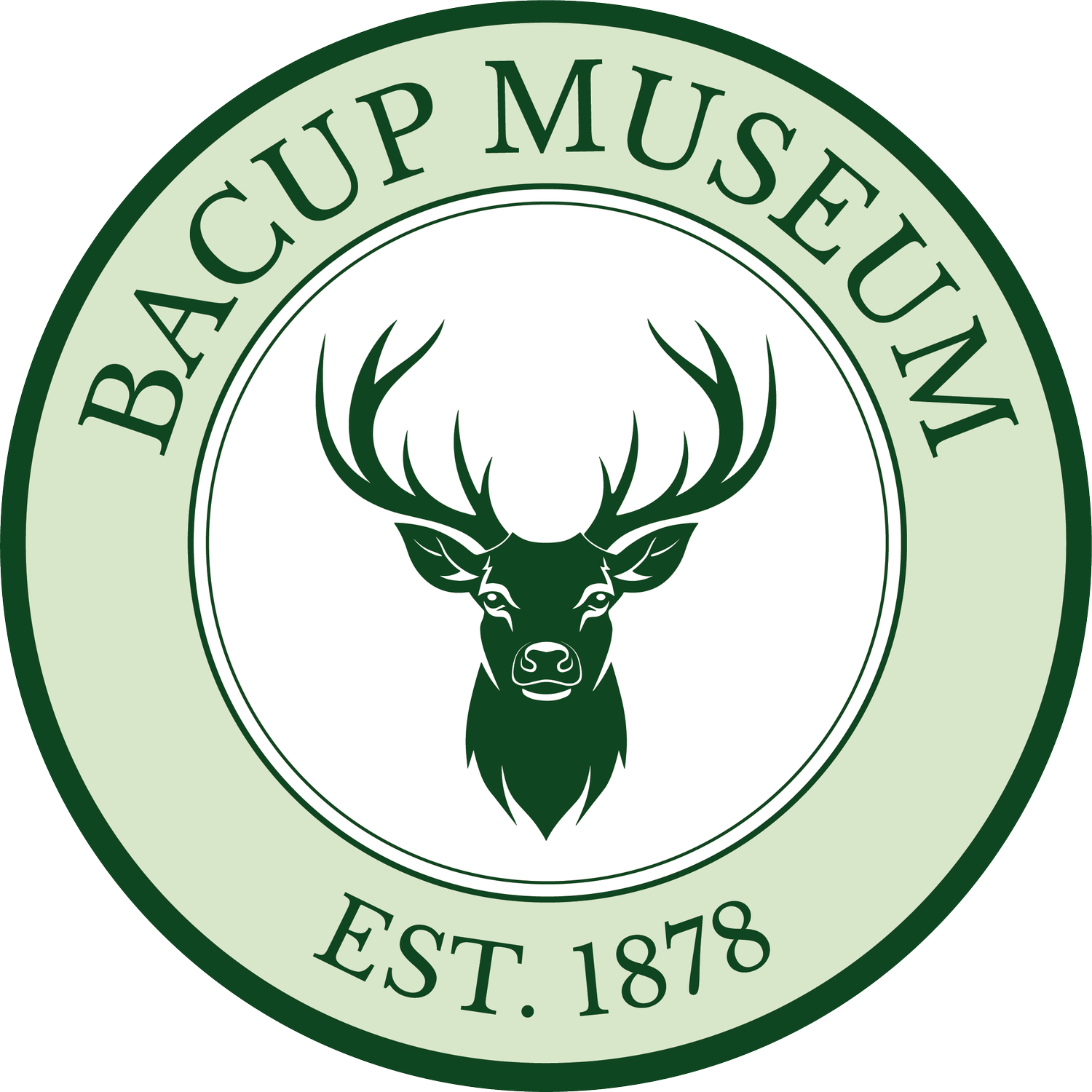Our Collections
Fossils, Flints & Minerals Collection
The Bacup Museum houses a regionally significant collection of flint tools, boasting the largest display of flints in the North-West.
This collection spans from the Early Middle Stone Age to the Early Bronze Age, representing over 8,000 years of prehistory. It also features notable forgeries by the infamous “Flint Jack.” Additionally, the museum holds the extensive Chew and Pickup collections, with many pieces on display. Our flint collections are considered a valuable resource for anyone researching or studying the Mesolithic Period.
Our geological staircase showcases the history of fossils, tracing back 550 million years to the Stone Age. This unique feature is divided into three wall frames, each a masterpiece of miniaturisation, exclusive to our museum.Created by geologist Peter John Roberts, the frames represent the three stages of early life, middle life, and recent life.
Military Collection
Bacup is a town with a deep social and military history, reflected in our extensive collections. Our permanent exhibit features a diverse range of artefacts, highlighting the town's historical significance.
Among our military collections, we proudly display over 50+ medals awarded to residents of Bacup and Stacksteads who served during both World War I and World War II. A notable story is that of A.B. Norman Clegg, who exhibited remarkable resilience by continuing to lift 50-pound ammunition pans despite suffering a fractured arm from shell splinters in 1943.
Additionally, our collection includes intriguing items such as an American Civil War cap said to have been worn by Bacup native Henry Redmond, sand and shrapnel collected from the beaches of Normandy, and a piece of bomb shrapnel from an explosion that occurred on the Thorn Estate in the early hours of October 21st, 1940. These artefacts provide a tangible connection to the rich history and heritage of Bacup.
Social & Domestic Collections
The museum has evolved its focus over the years to emphasize local history alongside its natural history collections.
Its diverse collections encompass areas such as entomology, botany, and some of the oldest specimens in natural history. A notable feature is Dr. Worrall's cabinet, a Victorian collector's cabinet showcasing various curiosities. The museum also houses mining and industrial collections that provide insight into the historical working life of Bacup. Among the highlights is a lamp that was carried on the last passenger train from Bacup to Rochdale on June 16, 1947, prominently displayed in the transport exhibit.
Additionally, visitors can admire a stunning christening gown, which complements the themed displays of Victorian education, police, and fire services. Across from these exhibits, the history of the Bacup Camera Club is highlighted, founded by Nat member John Cook in 1920.
The museum features a section dedicated to themes of science, fun, laughter, childhood, music, and dance. Finally, the numismatic collections showcase a variety of coins and tokens that were previously used for transactions in shops and transportation throughout Bacup.



